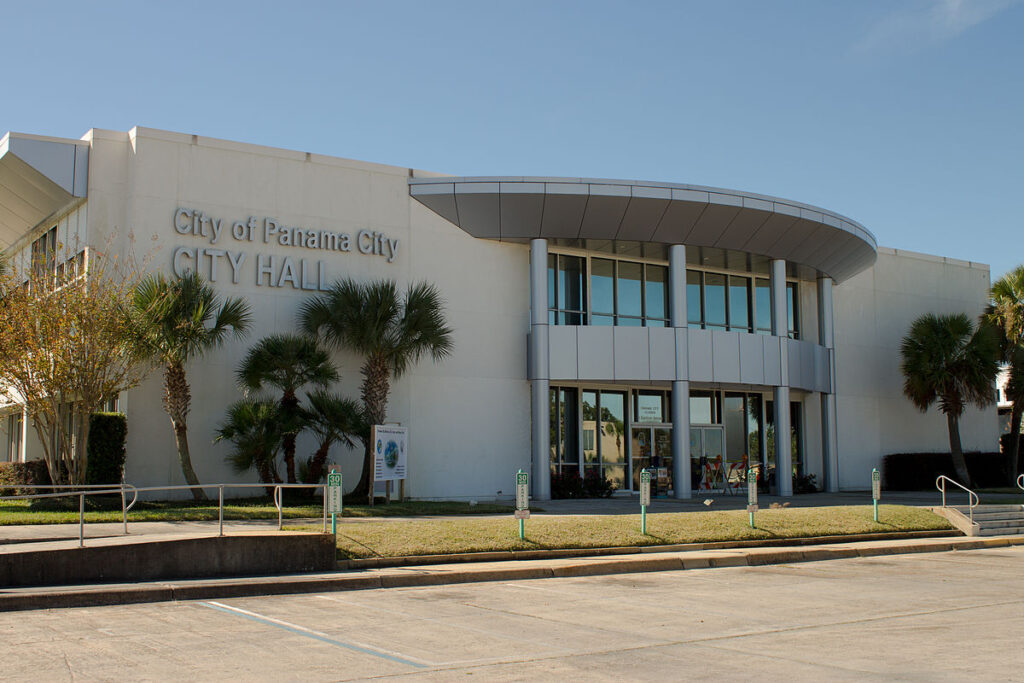
Moving to Panama City, Florida: A Comprehensive Relocation Guide
Considering moving to Panama City, Florida? This historic Bay County city offers downtown revival, military connections, and Gulf Coast access. With approximately 36,000 residents in 2025, Panama City combines small-city character with convenient location and Northwest Florida’s premier bay.
Demographic Profile to Consider If Moving to Panama City:
Panama City’s 2025 population is approximately 36,000 residents in this Bay County city along St. Andrews Bay. The median age is around 38 years, with military families, young professionals, and diverse working residents. The population is approximately 68% White, 18% Black or African American, 10% Hispanic. Panama City features a revitalized downtown along Harrison Avenue, historic neighborhoods, and proximity to Tyndall Air Force Base. The city serves as Bay County’s commercial and cultural hub, distinct from neighboring Panama City Beach’s tourist focus. Panama City attracts military families, professionals, and those seeking authentic coastal community without resort atmosphere. The area rebuilding from Hurricane Michael in 2018 continues shaping the community’s character in 2025. Find trusted local services for moving, living, and working in Panama City.Panama City Relocation Directory
Cost of Living to Consider If Moving to Panama City:
Panama City offers moderate housing costs for Gulf Coast access. Median home values range from $250,000 to $340,000 in 2025, more affordable than Panama City Beach while providing bay access. Post-hurricane rebuilding has influenced housing stock and availability. The median household income is approximately $52,000. Rental properties average $1,300 to $1,800 monthly. Florida’s absence of state income tax benefits residents. Overall cost of living is competitive for Northwest Florida, with Panama City providing value for those seeking coastal living without tourist pricing. The city attracts military families, working professionals, and those prioritizing affordability over beachfront location. Housing costs reflect ongoing recovery and development.
Economy and Job Market:
Panama City’s economy includes military, healthcare, retail, and government. Tyndall Air Force Base provides significant military and civilian employment, continuing major rebuilding after Hurricane Michael. Bay Medical Center offers healthcare jobs. Bay County government and schools employ area residents. Commercial development along 23rd Street creates retail employment. The Port of Panama City supports maritime operations. Many residents work in service industries, healthcare, and military-related fields. The broader Bay County economy includes construction supporting recovery. Typical commute times within Panama City are short, with some residents commuting to Tyndall AFB or Panama City Beach. The military connection provides economic stability.
Education:
Bay District Schools serves Panama City students with schools including Bay High School, Rutherford High School, and various elementary and middle schools. The district serves Bay County. Gulf Coast State College provides associate degrees and workforce training. Florida State University operates the Panama City campus offering four-year programs. The educational infrastructure serves the military and civilian populations, with schools accommodating frequent military family transitions.
Recreation and Lifestyle:
Panama City offers St. Andrews State Park featuring pristine beaches, jetties for fishing, and nature trails. The revitalized downtown along Harrison Avenue features restaurants, bars, breweries, and the Marina Civic Center hosting events. McKenzie Park provides sports facilities. St. Andrews Bay offers boating, fishing, and water sports. Shell Island, accessible by boat, provides undeveloped beach paradise. Residents enjoy the annual Mardi Gras and various festivals. The Panama City Center for the Arts showcases regional artists. Gulf Coast beaches are minutes away. The lifestyle combines small-city atmosphere with bay access and outdoor recreation. The subtropical climate enables year-round water activities. The community values authenticity, military service, and resilience, with ongoing recovery creating opportunities in a rebuilding city.
Healthcare and Services:
Panama City residents access comprehensive healthcare through Bay Medical Center, Gulf Coast Regional Medical Center, and numerous medical offices throughout Bay County. The region’s healthcare infrastructure serves both civilian and military populations. Tyndall Air Force Base operates medical facilities for eligible personnel.
Transportation:
Panama City is accessed via U.S. Highway 98 along the coast, U.S. Highway 231, and State Road 77. Northwest Florida Beaches International Airport in Panama City Beach is approximately 20 minutes west. Bay Town Trolley operates transit service throughout Bay County. Most residents rely on personal vehicles. Downtown offers walkability. Typical commute times within Panama City or to nearby employment are reasonable.
Conclusion:
Moving to Panama City in 2025 offers authentic Gulf Coast living with revitalized downtown, military connections, and bay access. The city’s combination of affordable housing, small-city character, and proximity to pristine beaches makes it ideal for military families, professionals, and those seeking Northwest Florida lifestyle without tourist crowds, with rebuilding creating opportunities in a resilient community.

